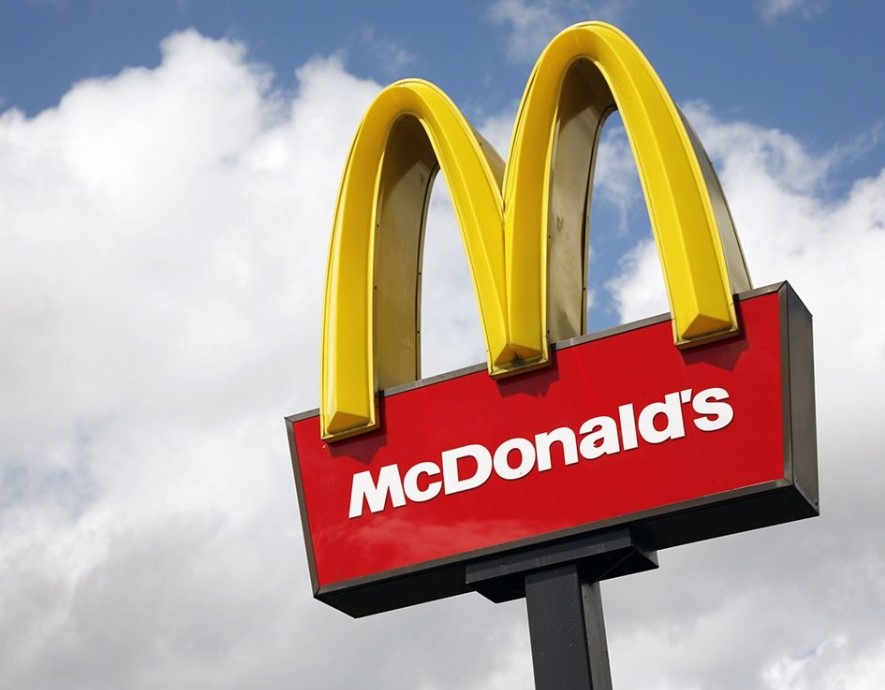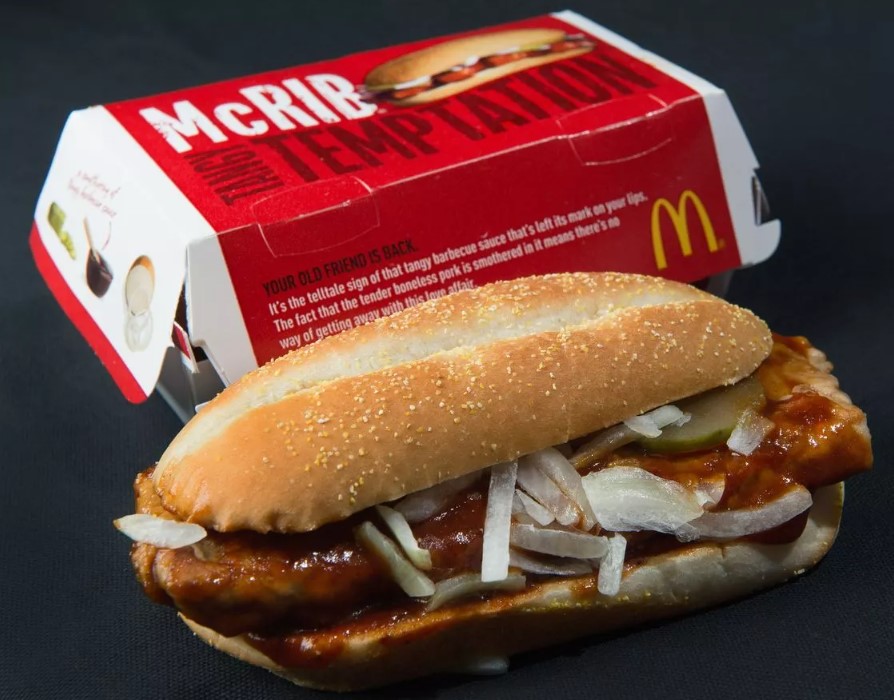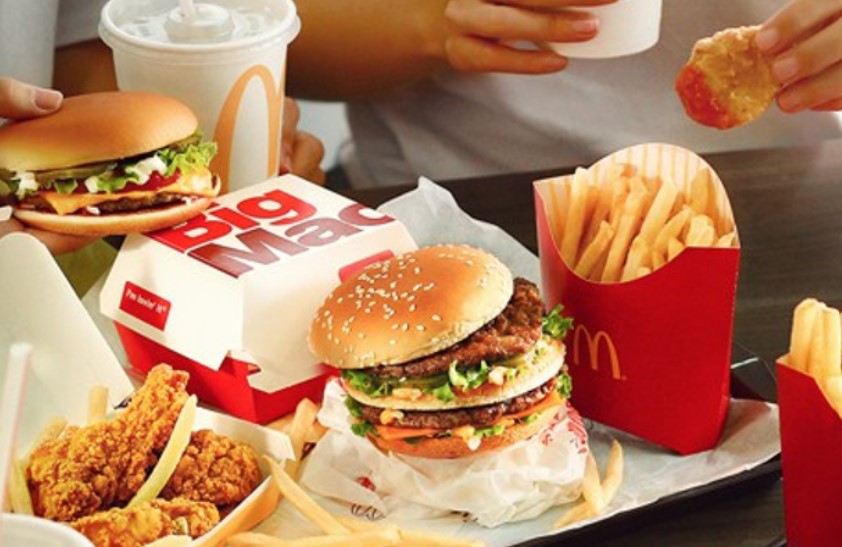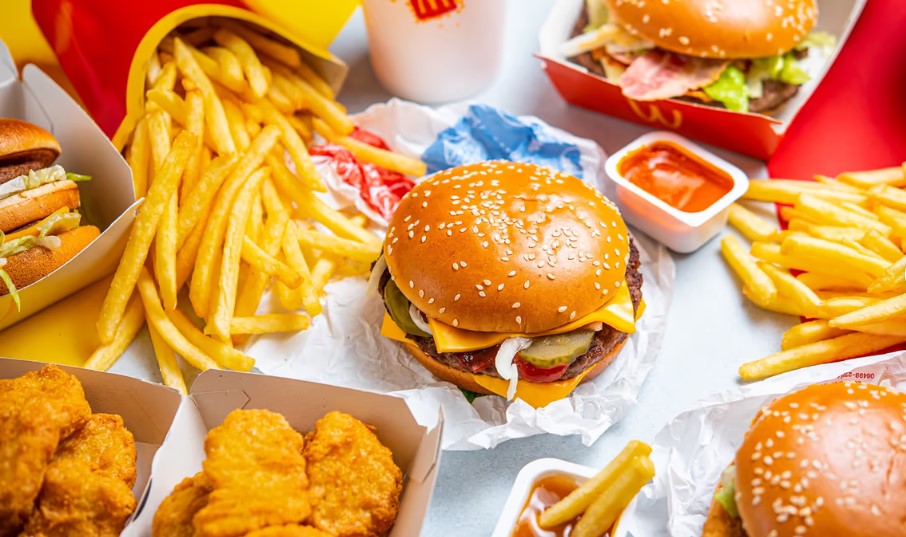McDonald's, the iconic fast-food chain, is known for its standardized menu across the country.
However, a former employee has revealed that the menu actually varies depending on the region, leaving customers surprised.

Why McDonald's menu is designed based on certain regions?
According to Haracz, the fast-food giant divides the U.S. into around 20 different regions, each with its own owner-operators.
These regional groups then vote on which menu items they want to offer in their respective areas. This explains why certain items, like the beloved McRib, are not available nationwide.

Haracz explains that the McRib, for example, is a polarizing item, with some regions choosing not to bring it back each season.
This can be frustrating for the corporate office, which has to navigate the different regional preferences when planning national promotions.

The regional voting process also allows for the inclusion of local favorites and special offerings.
For instance, customers in the Northeast may have access to lobster rolls, while those in the South can enjoy biscuits and gravy.
These regional specialties cater to the unique tastes and preferences of the local population.
Furthermore, the transition from breakfast to lunch menu items can be a challenging time for McDonald's restaurants.

Haracz advises customers to avoid ordering during the 10:30 a.m. window, as the kitchen is often in a "cluster" trying to clear out breakfast items and add lunch options. This can lead to delays and potential quality issues.
This regional approach allows the company to better cater to the diverse tastes and expectations of its patrons, ensuring that the McDonald's experience remains consistent and satisfying, regardless of where one may be in the United States.

The former McDonald's chef explained the reason why the fast-food chain does not offer vegetarian options in the United States.
According to Mike Haracz, a former corporate chef at McDonald's, the main factor is the preference of the average McDonald's customer in America.
He stated that the typical customer desires the classic, indulgent fast-food experience, characterized by juicy burgers and deep-fried items.

Unfortunately, whenever vegetarian or vegan items are introduced on the menu, the demand from vegetarians, vegans, and those seeking such options is not significant enough to maintain their presence at McDonald's.
Additionally, the issues of waste and profitability play a role.
Vegetarian items often come with higher costs, as fresh vegetables have a shorter shelf life compared to frozen meat products.
The limited shelf life of fresh produce leads to more waste, which translates to financial losses for the restaurant.
Therefore, healthy menu items frequently fall off the menu due to insufficient customer orders.






